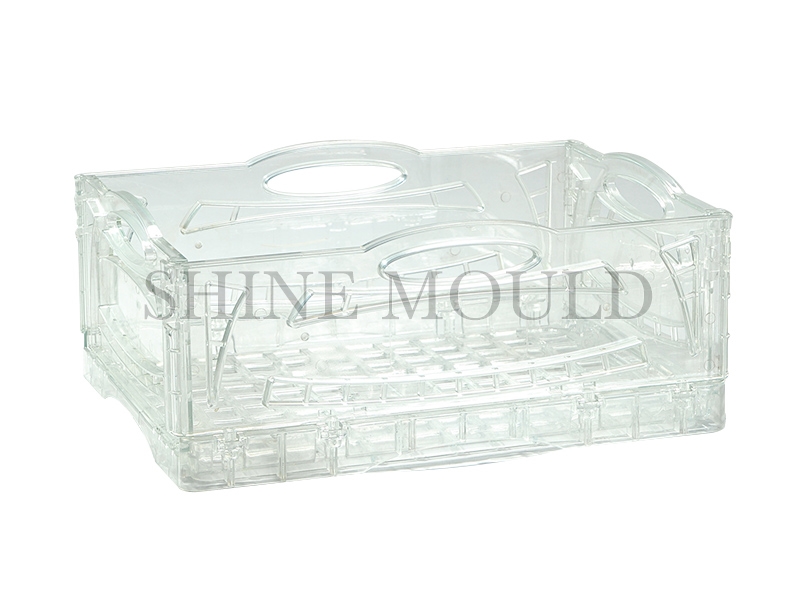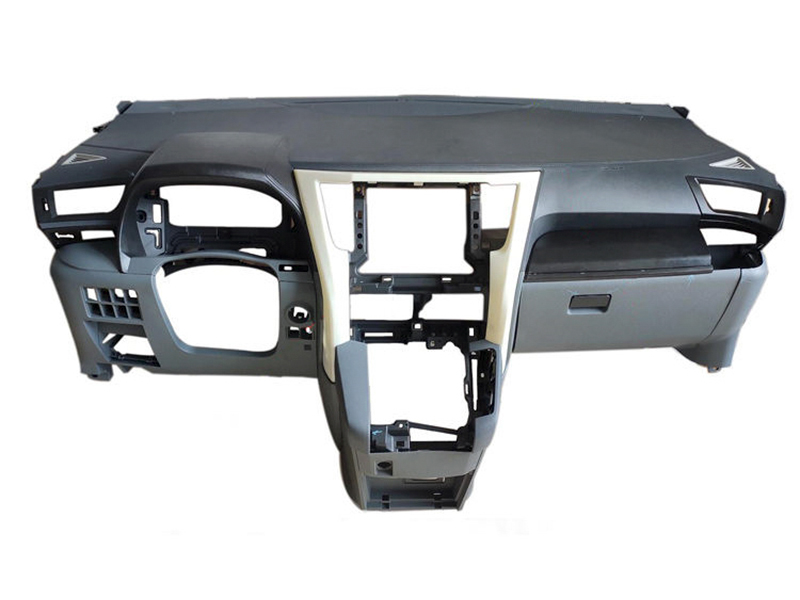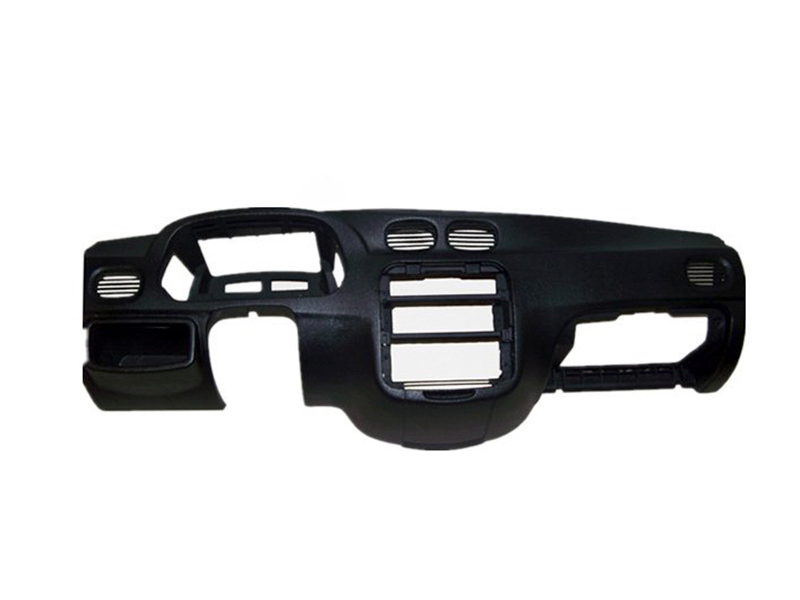Meeting The Working Conditions Is The Basic Principle Of Choosing The Material For Making Stool Mould
The basic principles of mold steel selection are as follows:
- Wear resistance
When the blank is plastically deformed in the Stool Mould cavity, it will flow and slide along the surface of the cavity, resulting in violent friction between the surface of the cavity and the blank, causing the mold to fail due to wear. Therefore, the wear resistance of the material is one of the most basic and important properties of the mold.
Hardness is the main factor affecting wear resistance. Generally, the higher the hardness of the mold parts, the smaller the wear and the better the wear resistance. In addition, wear resistance is also related to the type, quantity, shape, size, and distribution of carbides in the material.
- Toughness
Most of the working conditions of the mold are very harsh, and some often bear large impact loads, which leads to brittle fracture. In order to prevent the mold parts from breaking suddenly during the working process, the mold must have high strength and toughness.
The toughness of the mold mainly depends on the carbon content, grain size, and microstructure of the material.
- Fatigue fracture performance
In the process of mold processing, fatigue fracture is often caused by long-term periodic stress. The form has small energy multiple impact fatigue fracture, tensile fatigue fracture, contact fatigue fracture, and bending fatigue fracture.
The fatigue fracture performance of the mold mainly depends on its strength, toughness, hardness, and the number of inclusions in the material.
- High-temperature performance
When the working temperature of the mold is high, the hardness and strength will decrease, leading to premature wear or plastic deformation of the mold and leading to failure. Because the mold material should have high stability against tempering, it is necessary to ensure that the mold has high hardness and strength at the working temperature.
- Resistance to cold and heat fatigue
Some molds are in a state of repeated heating and cooling during processing, causing the surface of the cavity to bear the stress caused by tension and pressure, resulting in surface cracking, peeling, increased friction, hindering plastic deformation, and reducing dimensional accuracy, resulting in the failure in the mold. Thermal fatigue is one of the main forms of failure of hot work molds. It should have high resistance to cold and heat fatigue.
- corrosion resistance
Due to the presence of chlorine, fluorine, and other elements in plastics, some molds (such as plastic molded products) will decompose strong corrosive gases during processing, so that they can be analyzed after heating to corrode the surface of the mold cavity. Increase its surface roughness and increase wear.




 Search...
Search... English
English





.jpg)
